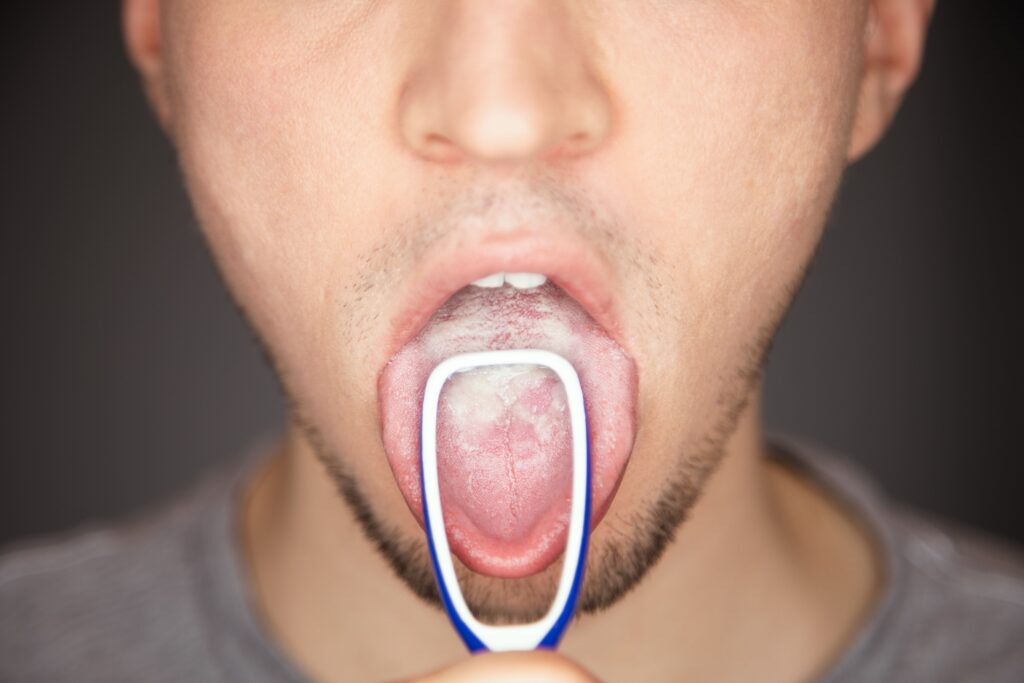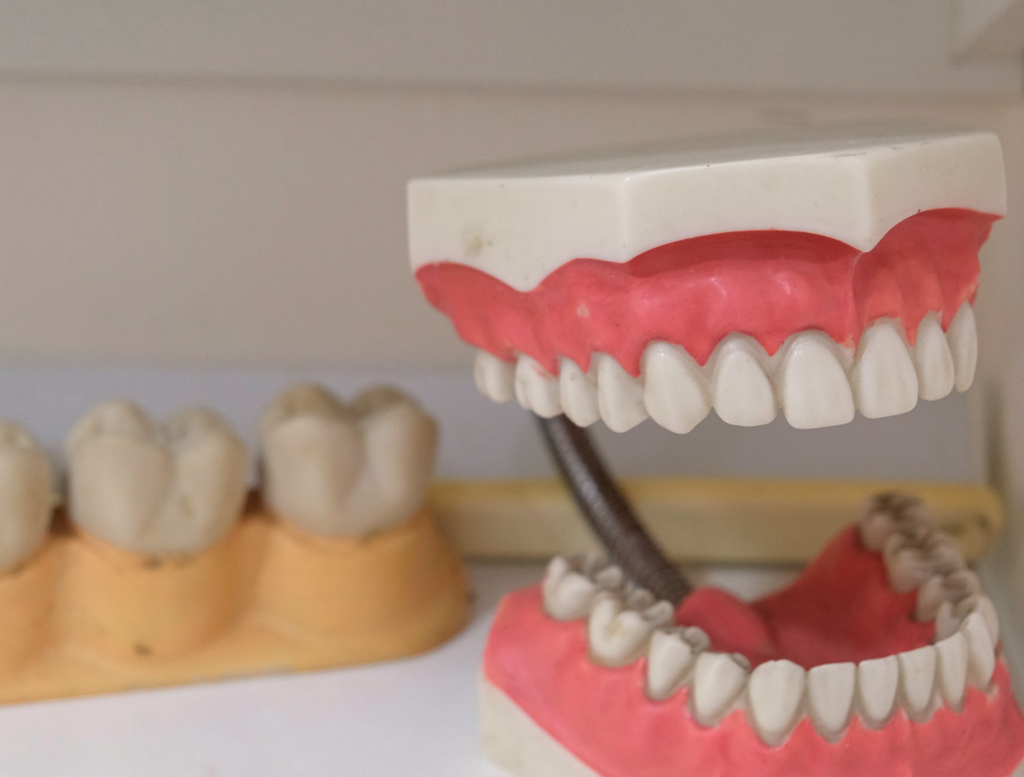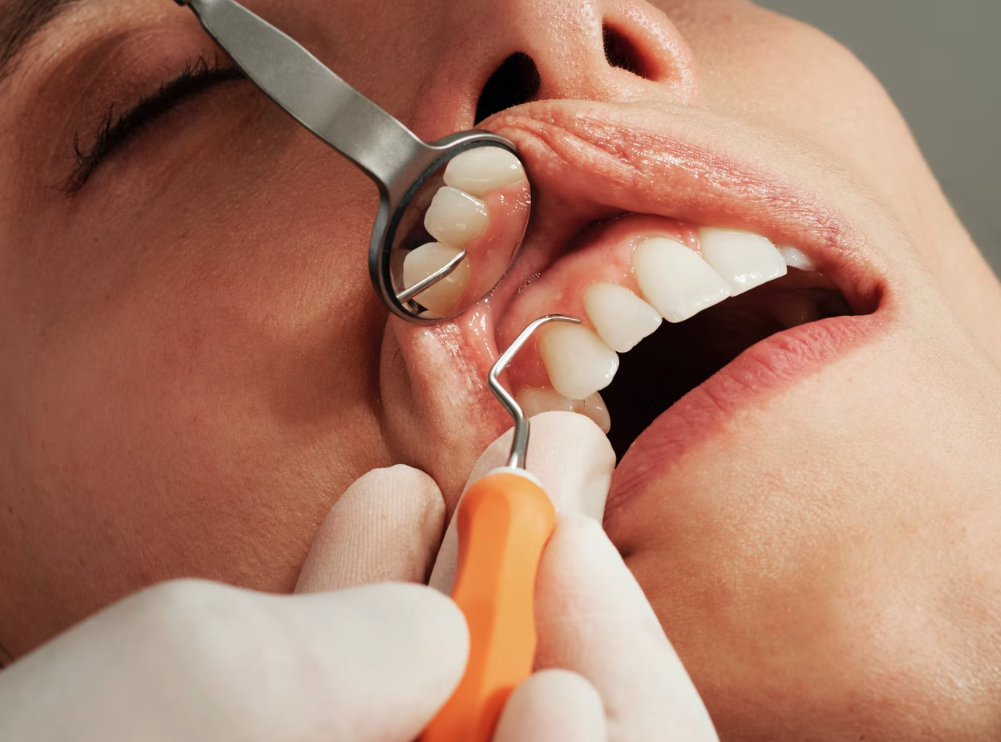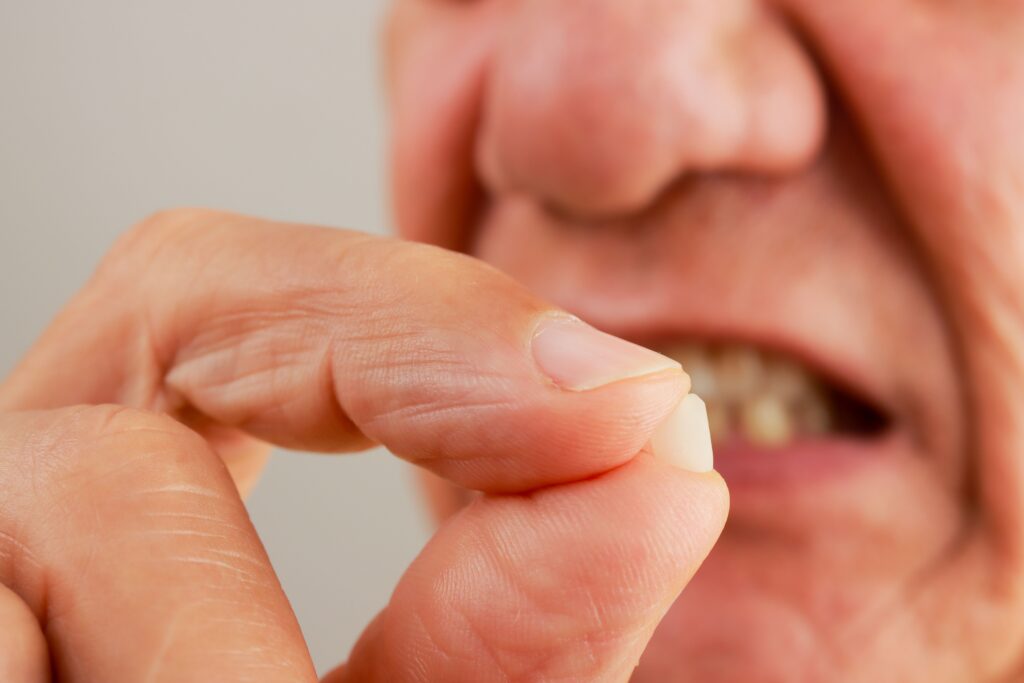When you notice a dark spot on your tooth, it can be worrying. Is it a cavity, or is it just a stain? Understanding the differences between cavities and stains can help you take better care of your teeth and know when to seek professional dental care.
How to Tell If It’s a Cavity or Stain?
A cavity and a stain can look similar, but they are different problems. Here are some ways to tell them apart:
- Location: Stains often occur on the surface of the teeth, especially in the grooves and between the teeth. Cavities can also start on the surface but eventually create a hole in the tooth.
- Color: Stains are usually a uniform color, like yellow, brown, or black. Cavities may start as white spots due to demineralization but can turn brown or black as they progress.
- Texture: Stains are typically smooth to the touch. Cavities can create rough or sticky areas on the tooth.
- Pain: Stains do not cause pain. Cavities can cause sensitivity or pain, especially when eating something sweet, hot, or cold.
Is a Dark Spot on a Tooth Always a Cavity?
Not every dark spot on a tooth is a cavity. Here are some possible causes of dark spots:
- Stains from Food and Drinks: Coffee, tea, red wine, and certain foods can stain teeth.
- Tobacco Use: Smoking or chewing tobacco can cause dark stains on teeth.
- Poor Oral Hygiene: Not brushing and flossing regularly can lead to plaque buildup, which can appear as dark spots.
- Fluorosis: Too much fluoride during tooth development can cause discoloration.
While a dark spot isn’t always a cavity, it’s essential to have it checked by a dentist to determine the cause.
Do Cavity Stains Go Away?
Cavity stains do not go away on their own. If the dark spot is a cavity, it will continue to grow unless treated by a dentist. The decay needs to be removed, and the cavity filled to prevent further damage.
Are Cavities Brown or Black?
Cavities can be both brown and black. The color can depend on the severity of the decay and the stage of the cavity.
- Early Stage: Cavities often start as white spots due to the loss of minerals from the enamel.
- Progressing Decay: As the cavity develops, it can turn brown or black due to the buildup of bacteria and the breakdown of tooth material.
What Does a Very Early Cavity Look Like?

A very early cavity, also known as demineralization, appears as a white spot on the tooth. This is a sign that the enamel is starting to break down due to acid produced by bacteria. At this stage, the cavity can still be reversed with proper oral care and fluoride treatments.
What Is the Early Stage of a Cavity?
The early stage of a cavity involves the demineralization of the enamel. Here’s how it progresses:
- Plaque Formation: Bacteria in the mouth form a sticky film called plaque on the teeth.
- Acid Production: The bacteria in plaque produce acids when they come into contact with sugars from food and drinks.
- Enamel Erosion: These acids begin to erode the enamel, creating a white spot on the tooth. This is the first sign of a cavity.
What Can Be Mistaken for a Cavity?
Several things can be mistaken for a cavity, including:
- Stains from Food or Drinks: Dark spots from coffee, tea, or certain foods.
- Tartar Buildup: Hardened plaque can appear as dark spots.
- Dental Fluorosis: White or brown spots due to excessive fluoride during tooth development.
- Tooth Wear: Abrasion or erosion from brushing too hard or acid erosion from foods and drinks.
Can You Reverse a Cavity?
You can reverse a cavity in its very early stages, before it forms a hole. Here’s how:
- Fluoride Treatment: Fluoride helps remineralize the enamel and repair the early damage.
- Good Oral Hygiene: Brushing twice a day with fluoride toothpaste and flossing daily can help reverse early decay.
- Dietary Changes: Reducing sugar intake and eating a balanced diet can help prevent further decay.
Can a Small Cavity Go Away?
Once a cavity has formed a hole in the tooth, it cannot go away on its own and needs to be treated by a dentist. Early-stage cavities, where there is just demineralization, can be stopped and reversed with proper care.
Can I Wait 6 Months to Fill a Cavity?
It is not recommended to wait 6 months to fill a cavity. Cavities can grow and worsen over time, leading to more extensive damage and potentially more painful and expensive treatments. If you suspect you have a cavity, it’s best to see a dentist as soon as possible.
Can Dentists Scrape Off Stains?
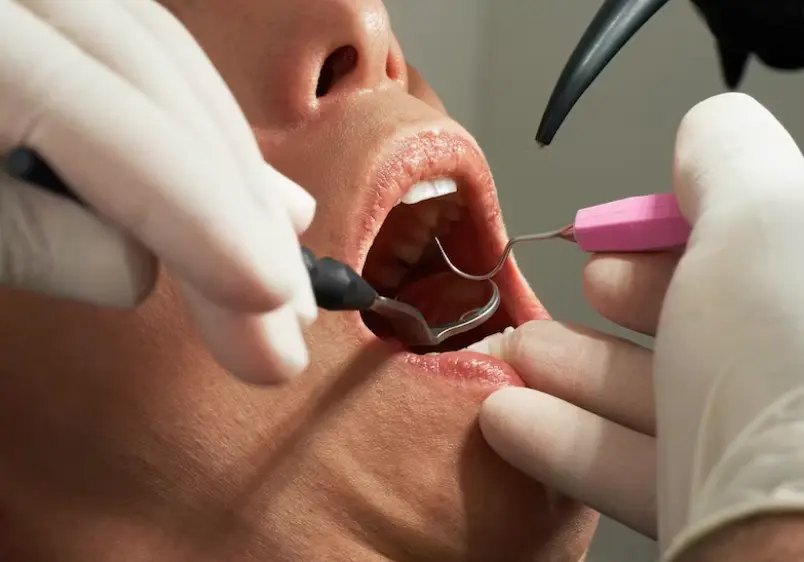
Yes, dentists can scrape off stains during a professional cleaning. They use special tools to remove plaque and tartar that cause stains. For deeper or more stubborn stains, your dentist might suggest additional treatments such as:
- Whitening Treatments: Professional whitening can help remove deep stains and brighten your teeth.
- Polishing: After cleaning, your dentist may polish your teeth to remove surface stains.
Conclusion
Understanding the differences between cavities and stains is crucial for maintaining good oral health. While stains can often be managed with good oral hygiene and professional cleanings, cavities require prompt treatment from a dentist. Early detection and proper care can prevent minor issues from becoming major dental problems. Regular dental visits, a balanced diet, and good oral hygiene practices are key to keeping your teeth healthy and your smile bright.



